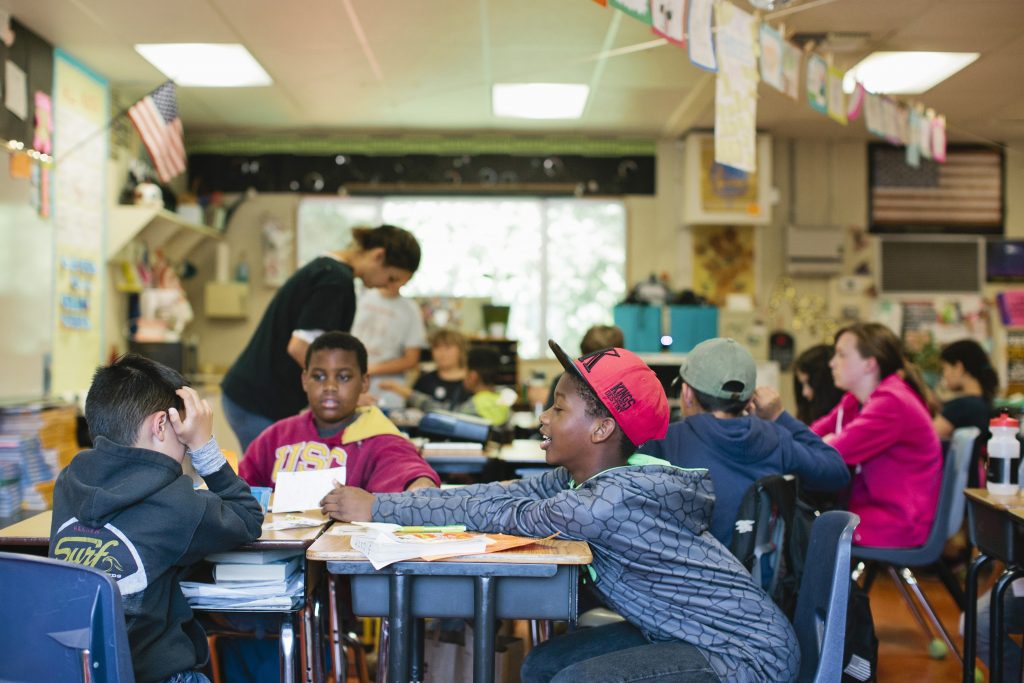Funding Freeze Threatens Educational Programs for Low-Income Families
Federal funding cuts have cast a shadow over summer and after-school programs vital for low-income families, as the Trump administration suspends over $6 billion in grants intended for educational support. This freeze affects programs that offer after-school care, English language instruction, adult literacy education, and more, triggering widespread concern among educators and advocates about the future of these essential services.
The freeze comes as the administration reviews these grants to ensure their alignment with President Trump’s policy priorities. However, critics argue that withholding these congressionally appropriated funds is illegal and disrupts the educational opportunities for thousands of children.
Immediate Ramifications for Schools and Students
Educational institutions across the country are already feeling the impact. In Alabama, officials at Gadsden City Schools are poised to close their after-school program serving over 1,200 low-income students if the funding is not restored. Program director Janie Browning emphasizes that these services keep children safe while their parents work. “Losing this support would have devastating effects on our community,” she stated.
Similarly, Jim Clark, President of the Boys and Girls Clubs of America, warned that as many as 926 clubs could close their doors, impacting more than 220,000 children. “If these funds aren’t released soon, our programming could abruptly end mid-season, leaving families without options,” Clark remarked.
Essential Services at Risk
Programs across the nation relied on anticipated funding that was originally slated for distribution on July 1. The Education Department’s notice on the funding freeze raised alarm, stating that there is currently no timeline for the release of this money. Critics argue that these delays could lead to a reduction in after-school programs, increased layoffs in educational staffing, and a general decline in student support services.
Senator Patty Murray (D-WA) criticized the administration for obstructing these funds, asserting that “holding up this funding means districts are left uncertain, forced to consider cutting vital programs instead of focusing on student success.”
- The funding programs under review include:
- 21st Century Community Learning Centers: Primary funding source for after-school programs supporting over 10,000 local initiatives.
- Grants for Teacher Development: Approximately $2 billion allocated for professional training and class size reduction.
- Academic Enrichment Grants: Around $1 billion dedicated to science, math, and accelerated learning.
- Support for English Learners: Close to $890 million available for students learning English.
State-Level Consequences
States like California and Texas are particularly vulnerable, with over $800 million and $660 million in funding, respectively, currently frozen. California’s State Superintendent Tony Thurmond condemned the administration, saying, “This is a clear act of political retaliation that punishes children, particularly those in low-income areas.”
Rural school districts, which heavily rely on such federal funding to provide after-school care for vulnerable populations, face even greater risks. Superintendent Heidi Sipe from Umatilla School District in Oregon shares her concerns, noting that a loss of this funding would force her to cut staff and essential programs for nearly half of her students.
| Program | Funding (Billions) | Affected Services |
|---|---|---|
| 21st Century Community Learning Centers | 1.3 | After-school and summer programs |
| Teacher Development Grants | 2.0 | Professional training |
| English Learner Support | 0.89 | Programs for non-native speakers |
| Academic Enrichment | 1.0 | STEM education |
As this situation evolves, education leaders and advocates are increasingly urging the administration to release the funds as intended. With students’ futures hanging in the balance, the frozen funds represent not only a financial crisis but a profound challenge to the equitable education system in America.

